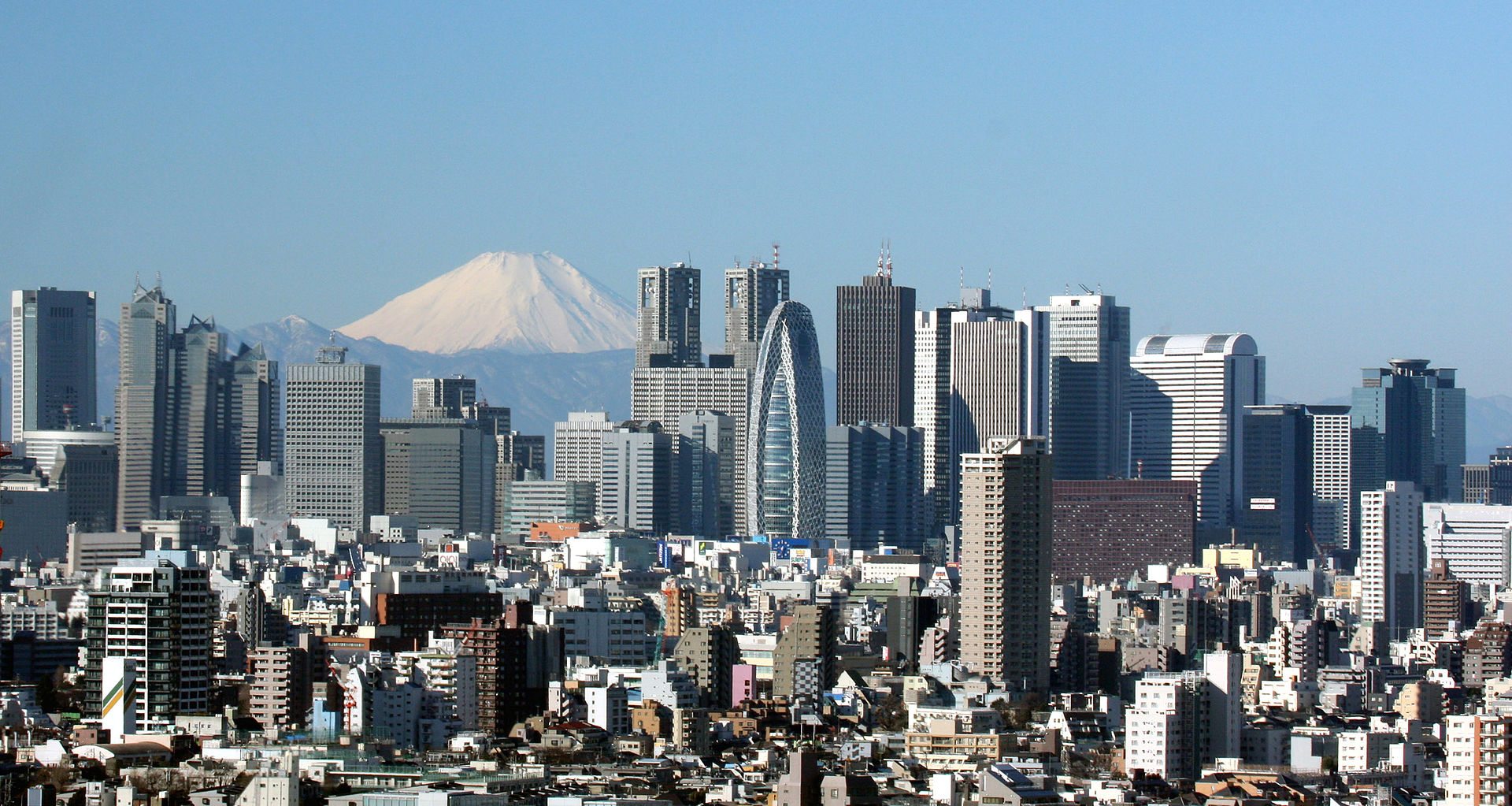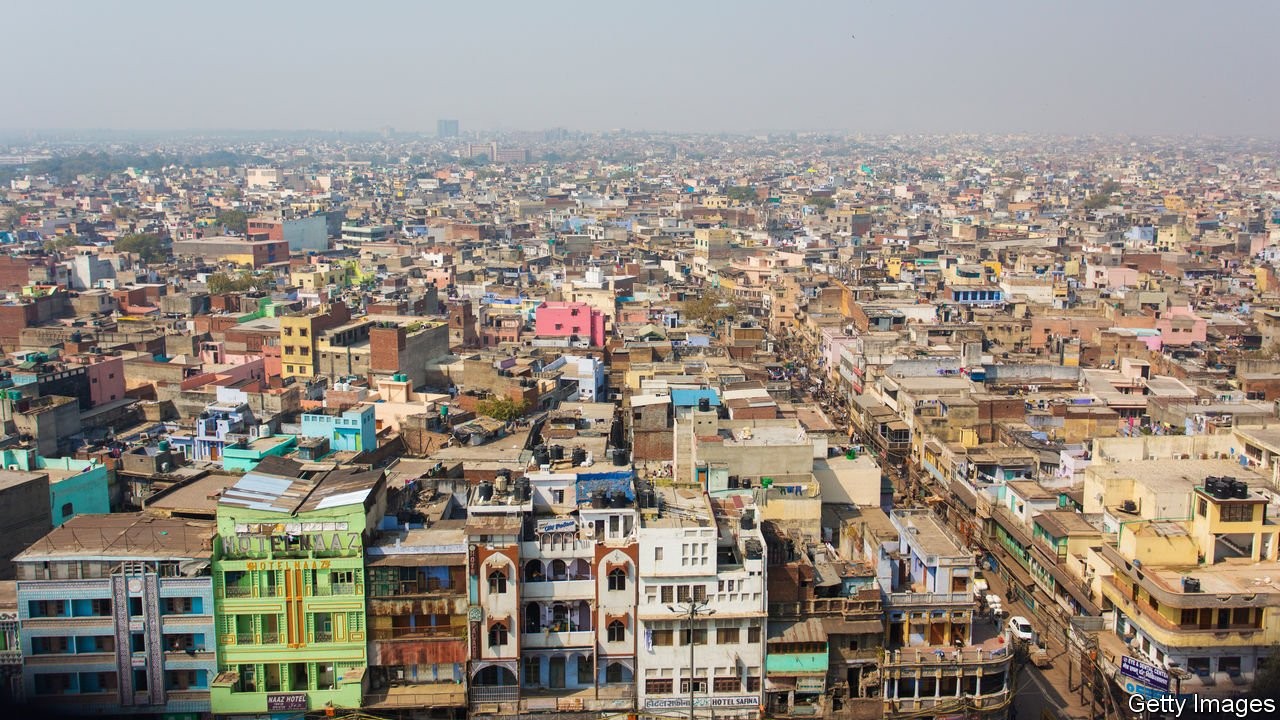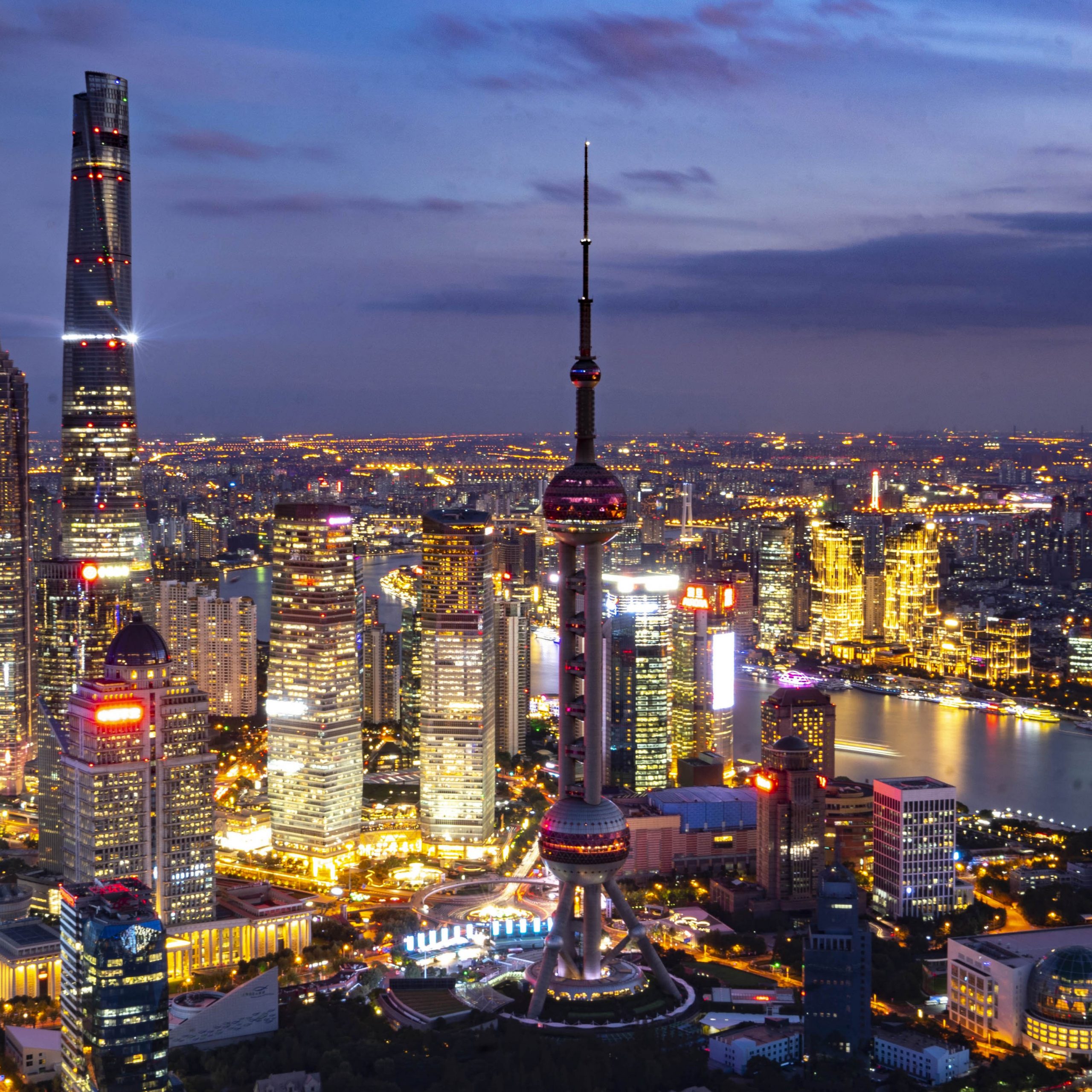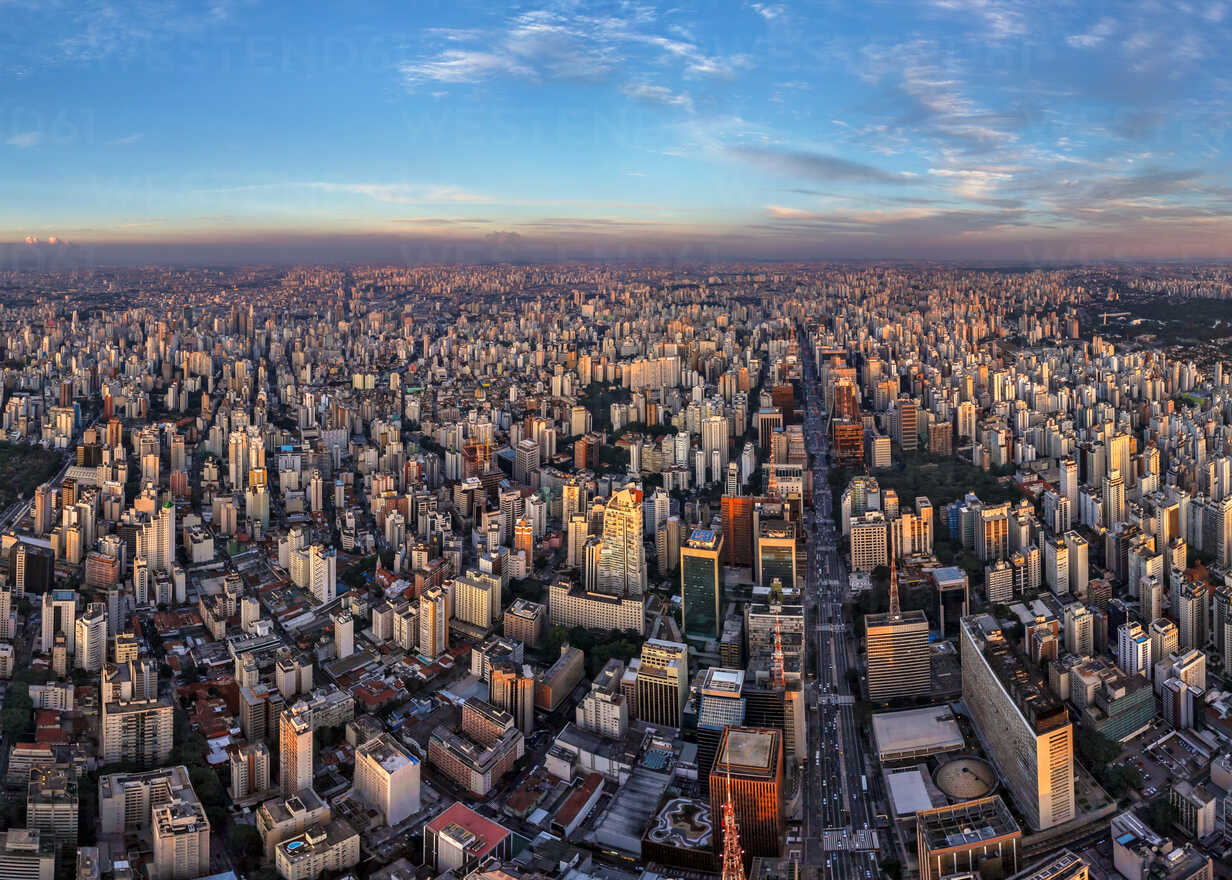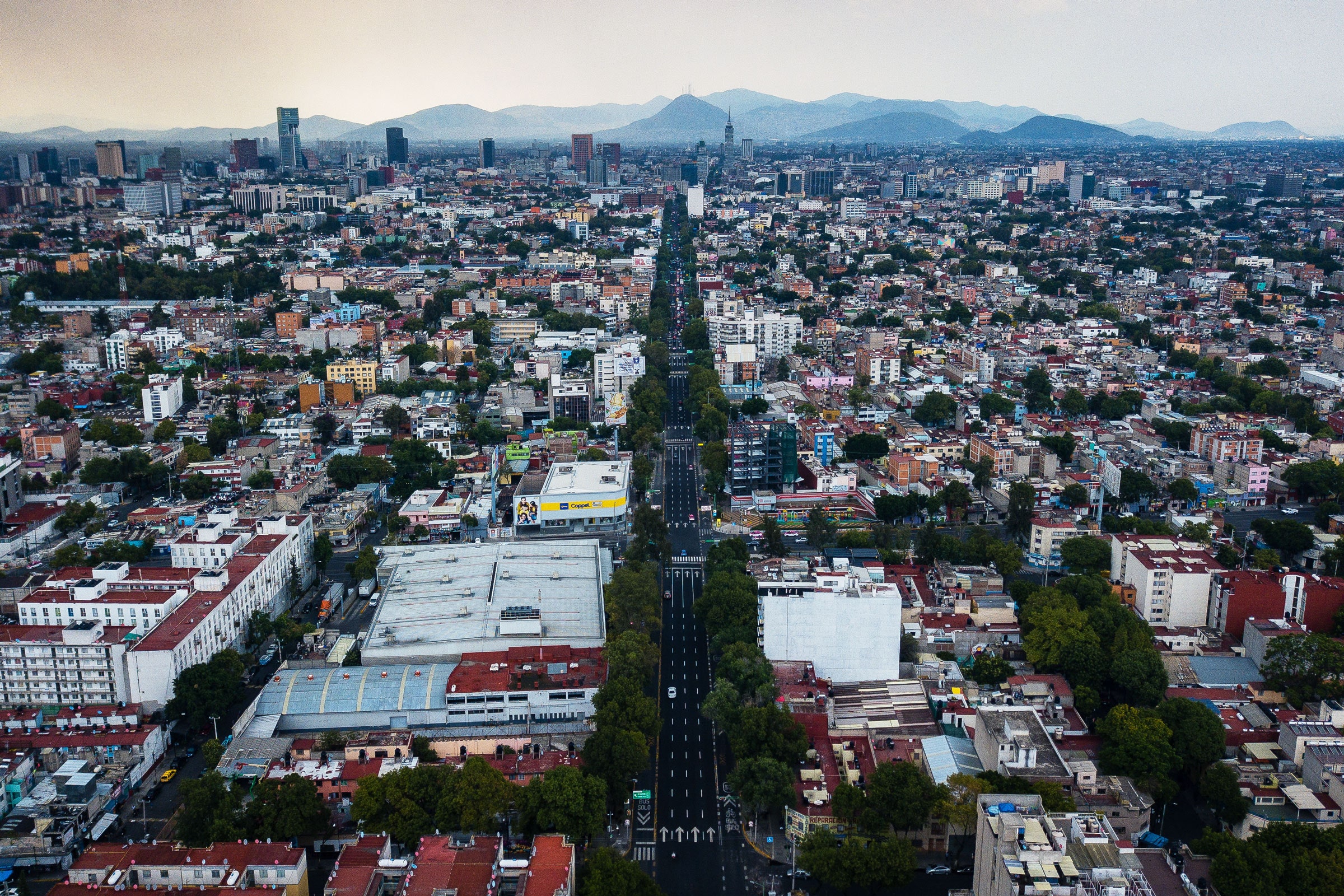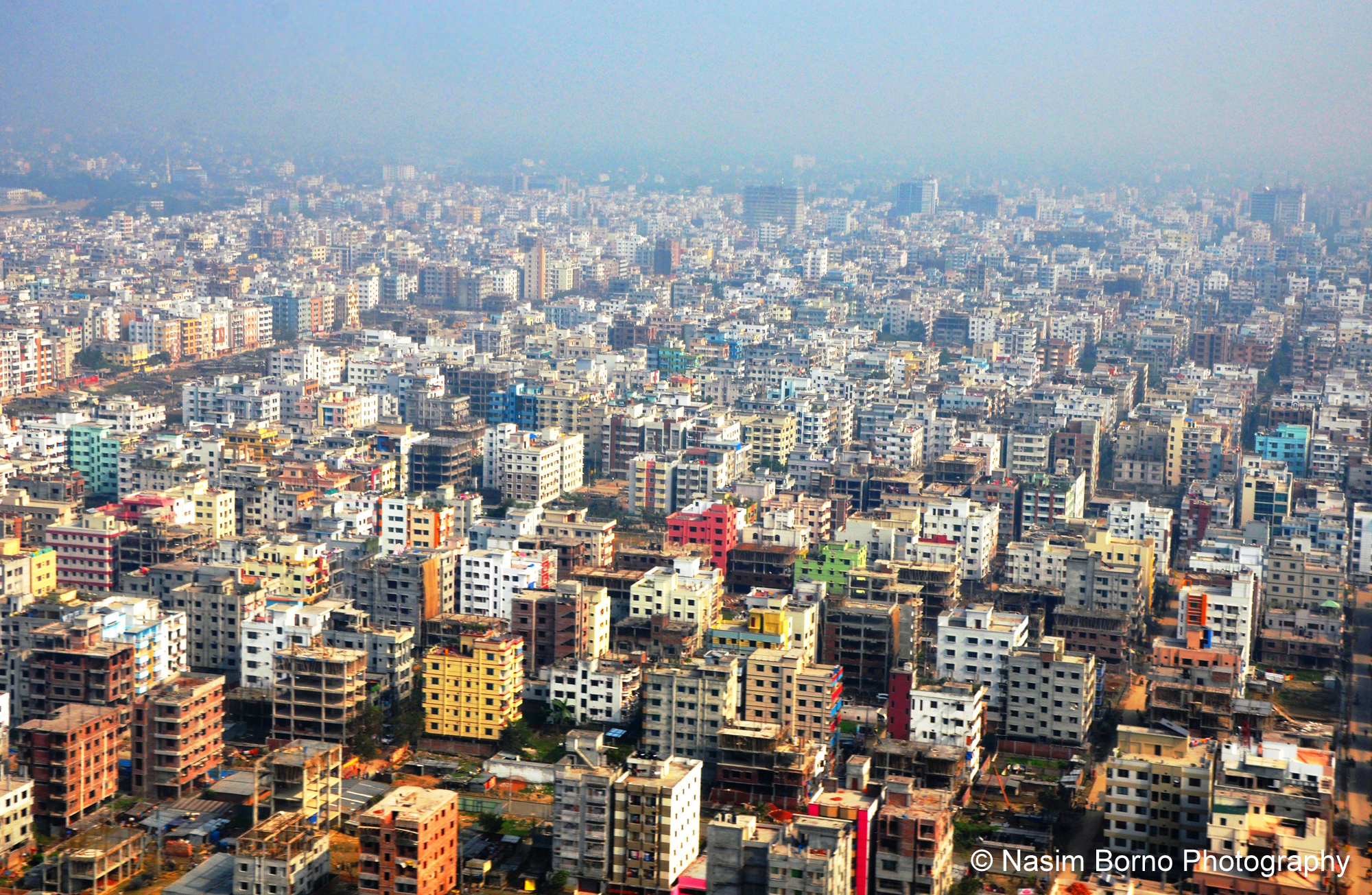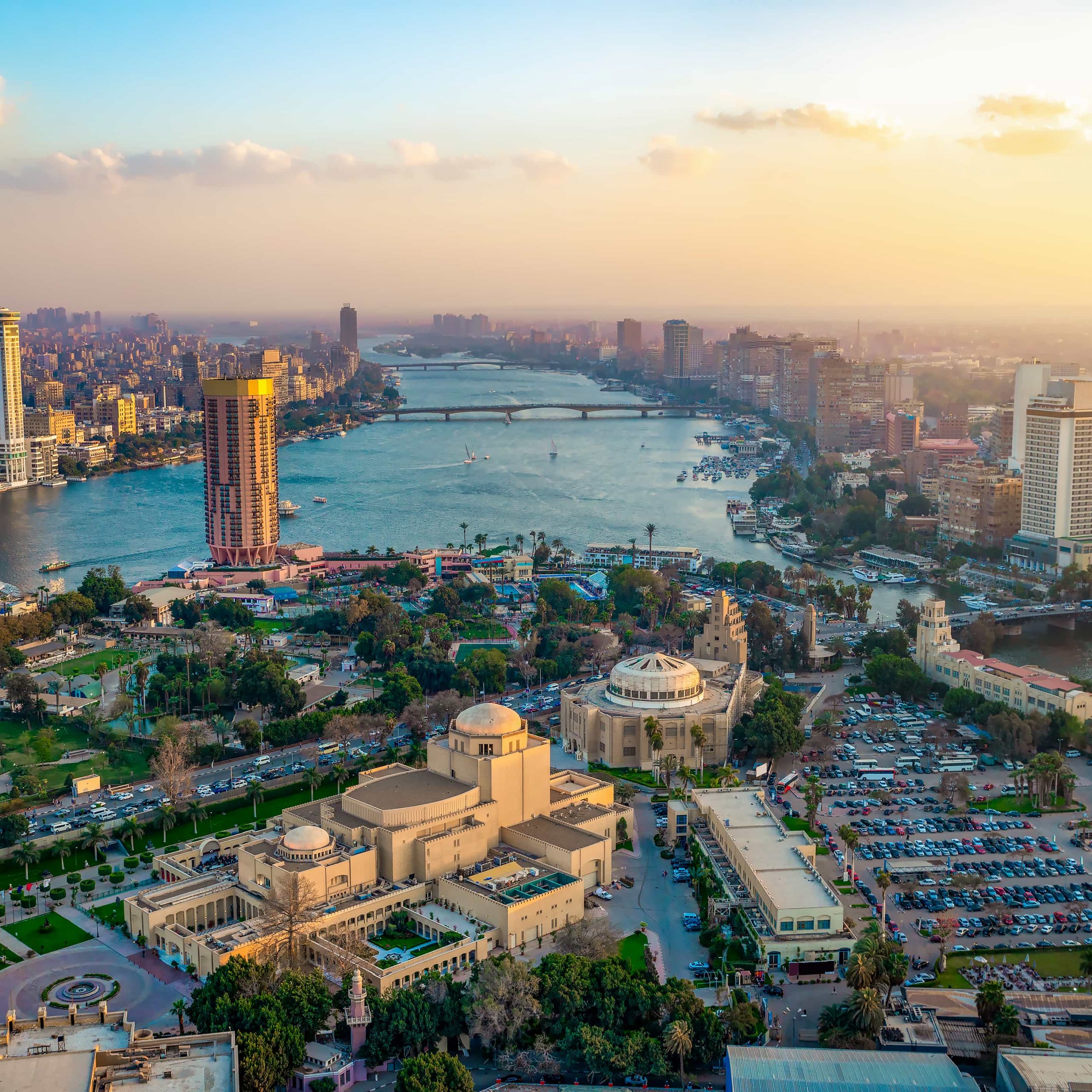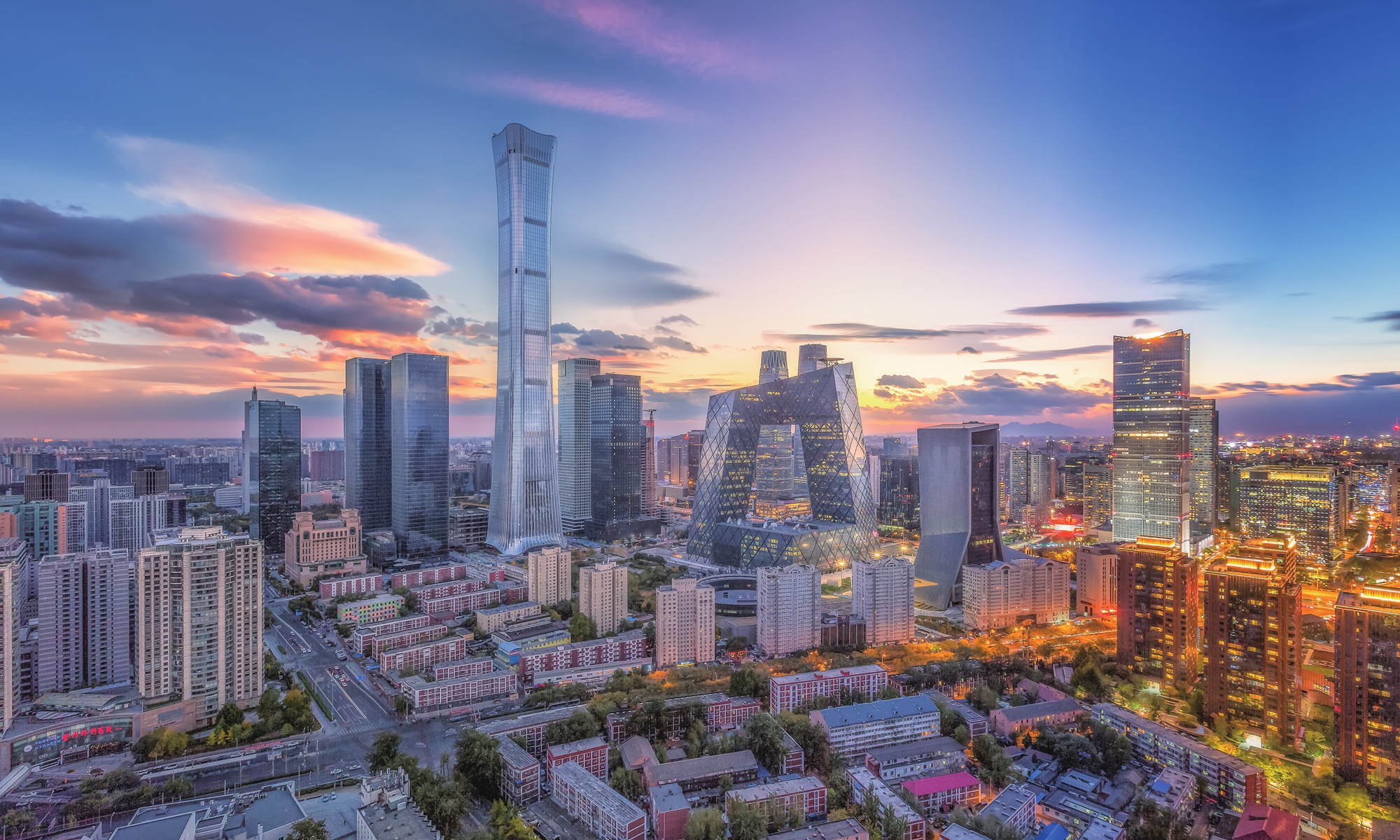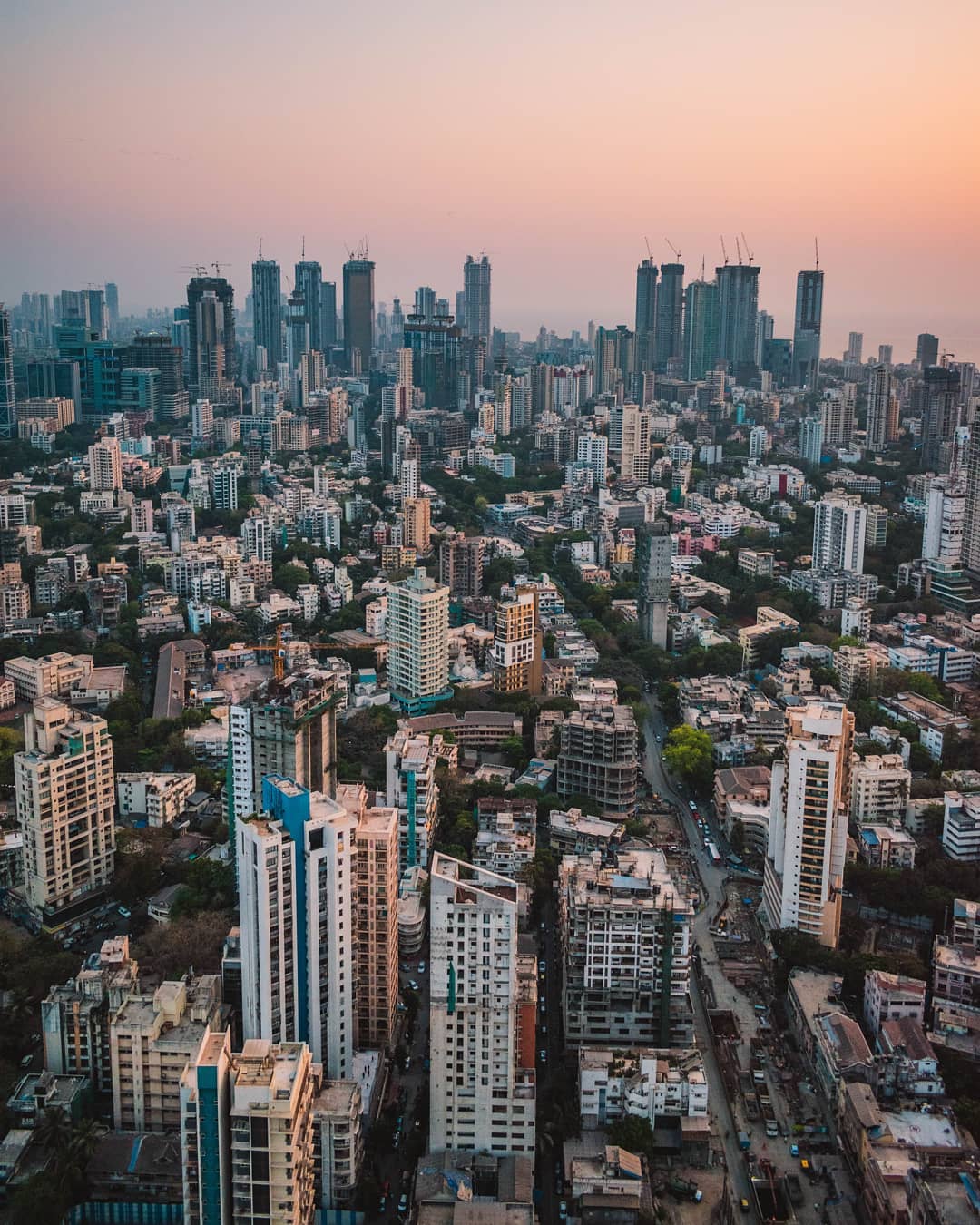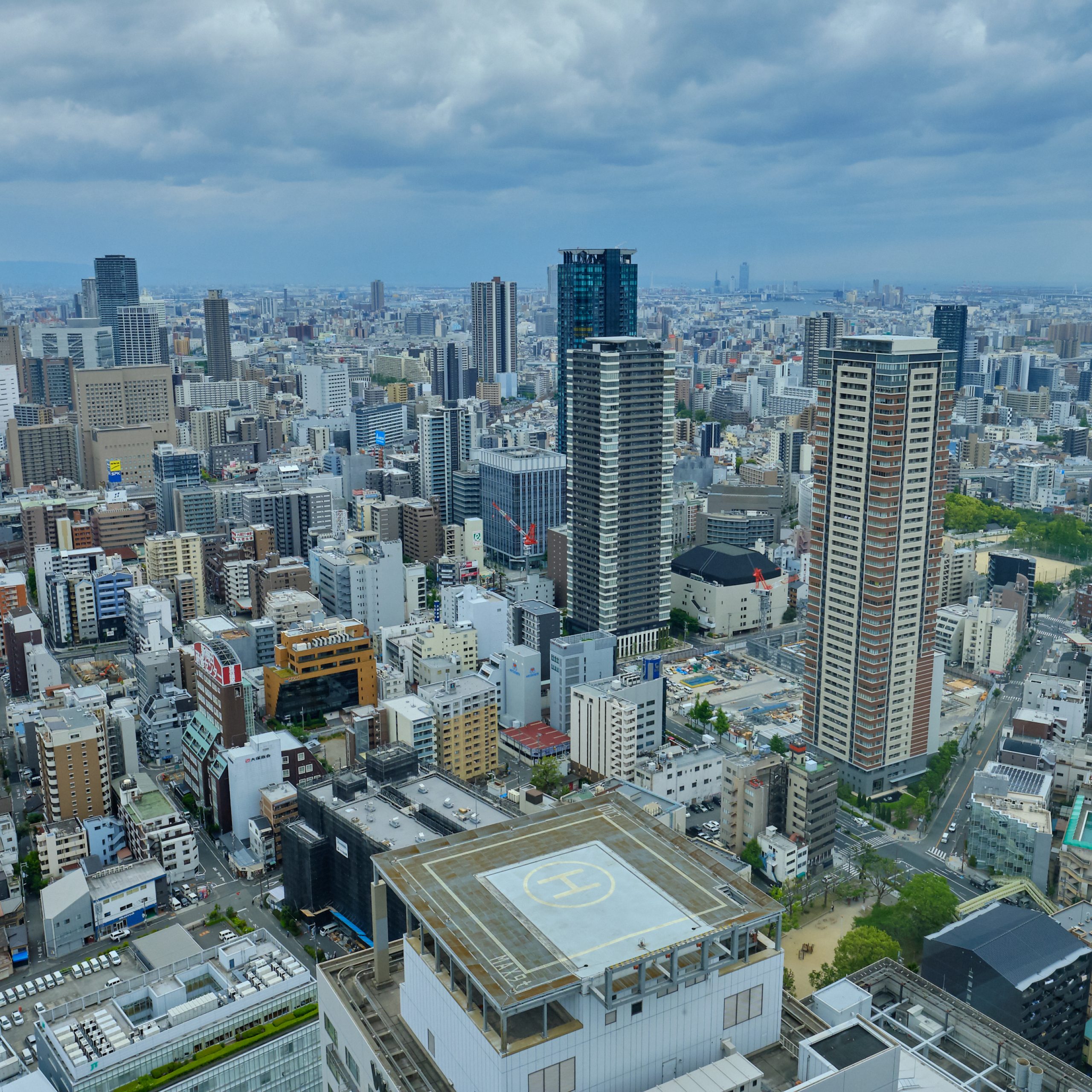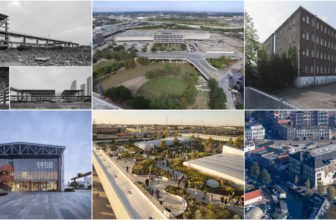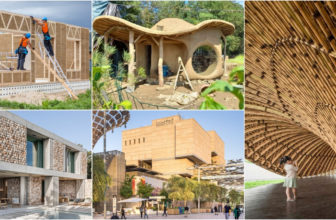What is The Largest City in The World? the global population is rapidly growing, and the familiar centralized pattern of urban planning is constantly driving these populations to live in megacities. It is expected that by 2030, 60% of people globally will be living in cities. These largest cities in the world have their charm made by the numerous intersections of cultures and identities; however, overpopulation can lead to challenges and crises that must be mitigated to maintain an adequate quality of life.
What are the 10 largest cities in the world?
Here is a list of the 10 largest cities in the World, the challenges facing each one of them, and the possible solutions.
1. Tokyo, Japan
2021 Population: 37,339,804
Tokyo is housing 30% of Japan’s population. The area that began as a small village continued to expand over centuries to become the first megacity in Asia and the largest city in the world.
The only crisis that caused Tokyo to suffer from a major population decline was World War II, which the city had a fast recovery, and grew back its pre-war population in less than a decade. Although Tokyo is low on natural resources, especially land areas, it achieved great success in the economic realm and become one of the major financial centers in the world.
2. Delhi, India
2021 Population: 31,181,376
Delhi or the National Capital Territory (NCT) of India is facing a relatively high population growth rate because of migration from rural areas and high birth rates – which threatens the city’s resources and sustainability. Delhi has been the center of India and housed significant empires and kingdoms over its history.
The city is expected to precede Tokyo and become the largest city in the world by 2028, which poses challenges to the city’s urban planning strategies. However, the investors and stakeholders shall benefit from the countless opportunities for real state development and market-making to fight overcrowding and unemployment.
Also read: The most famous Indian architecture
3. Shanghai, China
2021 Population: 27,795,702
The Pearl of the Orient and the Paris of the East: Shanghai is for sure not the typical city of the developing country of China; it is a major financial center and a global city.
Shanghai proposes a relatively high growth rate; however, the city’s population has been controlled for years, mainly through China’s one-child policy. Although this strategy helped to limit overpopulation and saving resources, it posed other demographic challenges that the city must face, including the increasing age of the society, a very low fertility rate, and an imbalance in the gender ratio. One way China tried to mitigate these challenges, is by offering incentives for the needed demographics to move to the city.
4. Sao Paulo, Brazil
2021 Population: 22,237,472
Sao Paulo’s overpopulation is caused by the large and growing number of immigrants, especially the Europeans, making this city the most ethnically diverse one in Brazil. Although this diversity and multi-cultural backgrounds of the residents makes Sao Paulo of great influence in the arts and entertainment fields, the overpopulation caused an inadequate quality of life and faced the country with several challenges: inadequate housing, collapsing infrastructure, an increasing level of pollution, and poorly maintained road for such heavy traffics.
Brazil has several attempts to solve these problems, including granting the residents in need with small concrete huts that they can improve upon, other than providing empty land slots, and enhancing the transportation system by building an underground metro system.
Also read:-The most iconic buildings
5. Mexico City, Mexico
2021 Population: 21,918,936Dhaka
Mexico City is another one that is overcrowded with immigrants and expatriates from all around the world. Although the city has a low population growth rate, it is vulnerable to this growth due to inadequate infrastructure and housing settlements. This crisis led to the establishment of Mexico City’s largest shantytowns, and one of the largest shantytowns in the world.
Mexico City faces another crisis because of its geographic location between two large mountain ranges; this traps pollution and increases the urban heat island effect. However, several innovations are mitigating these crises, including providing zero-emissions transit options and using clean sources of energy like solar panels.
6. Dhaka, Bangladesh
2021 Population: 21,741,090
The City of Mosques: Bangladesh, is the industrial and financial center of Bangladesh because of the goods it imports, especially textile products. The vibrant business environment in Bangladesh that encouraged internal migration and the high birth rates caused the city to overcrowd. This overpopulation led to the expected consequences in such a city with poor infrastructure, including an increase in pollution, congestion, and lacking drinking water. It is believed that Bangladesh needs an innovative urban planning scheme to mitigate these consequences.
Also read: best architecture games
7. Cairo, Egypt
2021 Population: 21,322,750
Cairo, or often called The Cradle of Civilization, connects historical Egypt to modern Egypt in its urban fabric. It is the largest city in Africa and the Middle East and the third-largest urban area in the Islamic world. Cairo attracts immigrants from rural areas, and is subject, like other major cities in Egypt, to the rapid growth caused by the massive gap between birth and death rates. The overpopulation in Cairo caused several health issues and severe air pollution. However, the country is taking initiatives and educating the citizens to have more sense of family planning.
8. Beijing, China
2021 Population: 20,896,820
Beijing is the capital of China and its second-largest city after Shanghai. The city’s population grew by 44% in only a decade (2000-2010); however, the country’s five-year plan to keep the population of Beijing under 23 million through 2020 proved success. This means that the city’s systems and resources are relatively under control, mainly because of the growing economy of the city which is expected to continue through the upcoming years. The improved economy and the increased wealth are maintaining healthcare the best in China.
9. Mumbai, India
2021 Population: 20,667,656
Mumbai is the second-largest city in India, coming after Delhi. The city experienced an explosion in growth rates during the past twenty years, mainly because of internal immigrants seeking job opportunities. This rapid expansion caused severe health issues and led to a large number of residents living in slums; estimated to be more than 40% of Mumbai’s population. These slums are usually away from the central functions of the city, which increases and lengthens resident’s commute to their jobs or schools. Mumbai should be provided with access to quality health and education services to fight the previously mentioned crises.
10. Osaka, Japan
2021 Population: 19,110,616
Osaka is in a significant location in the cultural heart of Japan. A century ago, Osaka was the largest city in Japan in terms of area and population – the port and the trade movement brought cultures and immigrants to the city and flourished its economy, and made it a center for arts and culture. However, Osaka’s population has declined in the past decades, due to internal immigration from the city to suburban areas, and the death rates outnumbering birth rates.


